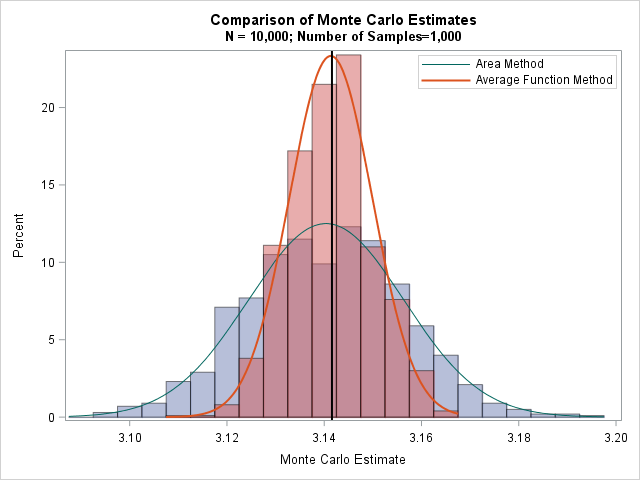
Streaming analytics is a red hot topic in many industries. As the Internet of Things continues to grow, the ability to process and analyze data from new sources like sensors, mobile phones, and web clickstreams will set you apart from your competition. Event stream processing is a popular way to















































